The jaguar (Panthera onca), a symbol of power and beauty, is often associated with tropical jungles far south of the U.S. border. Yet, the northernmost reaches of their historical range touch the southwestern United States, where a few resilient individuals continue to roam. This article explores the urgent efforts to conserve and protect these magnificent creatures within the U.S. borders.
Understanding the Jaguar’s Historical Range
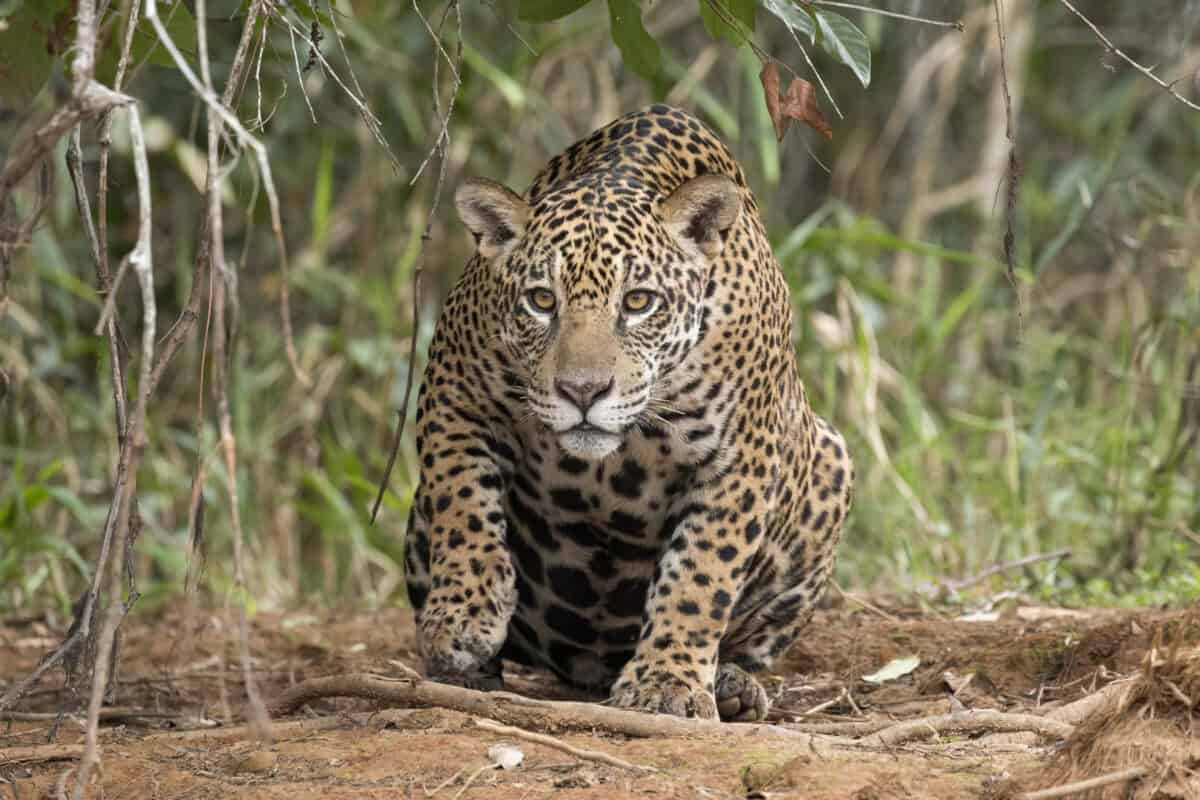
Historically, jaguars roamed much of the southwestern United States, including areas in Arizona, New Mexico, Texas, and California. Their range expanded across diverse landscapes, from arid deserts to lush mountain forests. However, human expansion and habitat encroachment have drastically reduced their territory over the centuries, leading to their near disappearance from the region.
The Unique Role of Jaguars in the Ecosystem

Jaguars play a crucial role as apex predators in maintaining the ecological balance. By preying on herbivorous animals, they prevent overgrazing, aiding in the preservation of flora and the overall health of their ecosystems. This, in turn, supports a diverse array of species within their habitat, underlining the importance of their conservation.
The Threats Facing Jaguars in the U.S.

Habitat loss is the most significant threat to jaguars in the United States, primarily driven by agricultural expansion, urban development, and infrastructure projects. Additionally, illegal poaching and conflicts with livestock owners further endanger their survival. Climate change also alters their habitat, impacting prey availability and corridor connectivity.
Current Jaguar Populations in the Southwestern U.S.
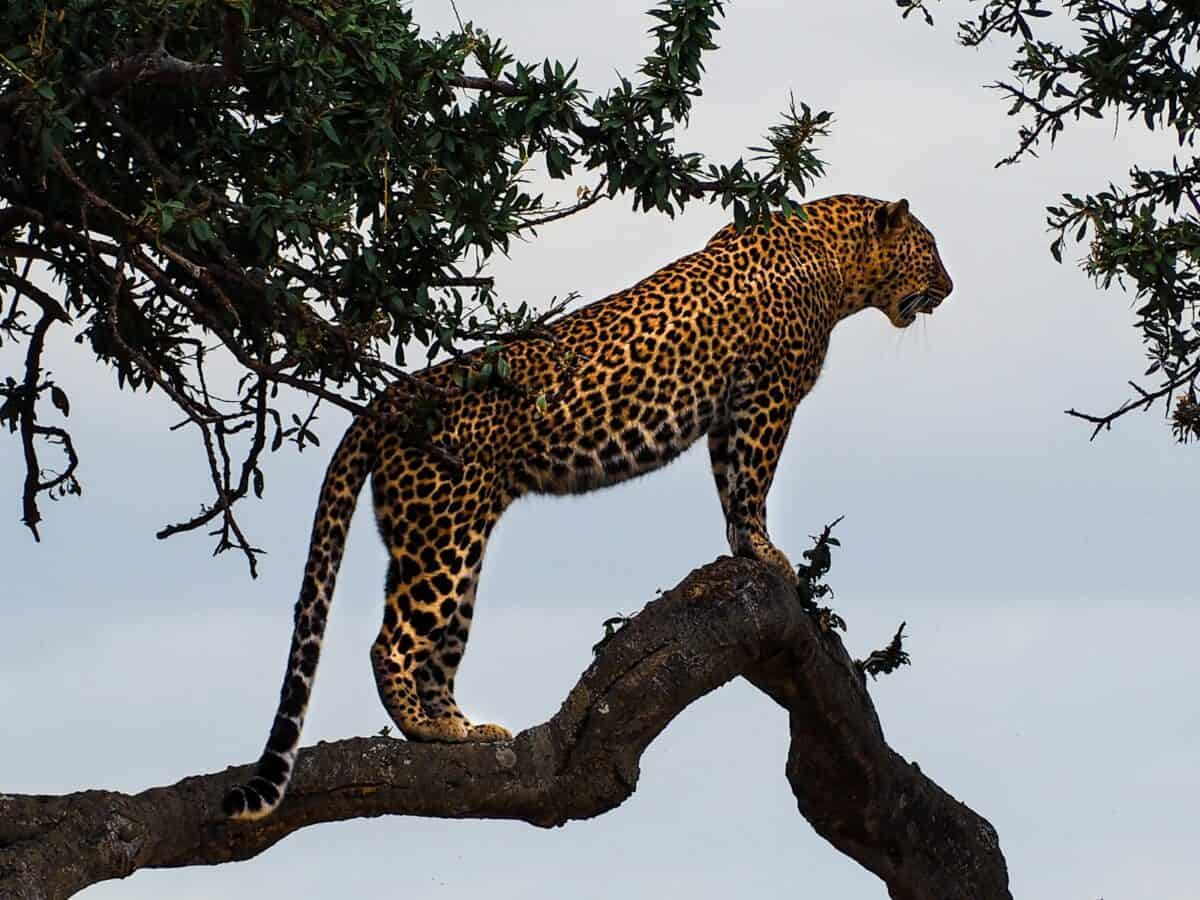
Currently, the jaguar population in the U.S. is critically low, with only sporadic sightings reported, primarily in the rugged landscapes of southern Arizona. These individuals are likely male dispersers from larger populations in northern Mexico, underscoring the need for cross-border conservation initiatives.
Conservation Efforts Underway

Numerous conservation organizations are actively working to save jaguars in the U.S. One significant initiative is the establishment of protected areas and wildlife corridors that connect fragmented habitats. This helps ensure safe passage for jaguars and other wildlife as they move across their natural range.
Cross-Border Collaboration
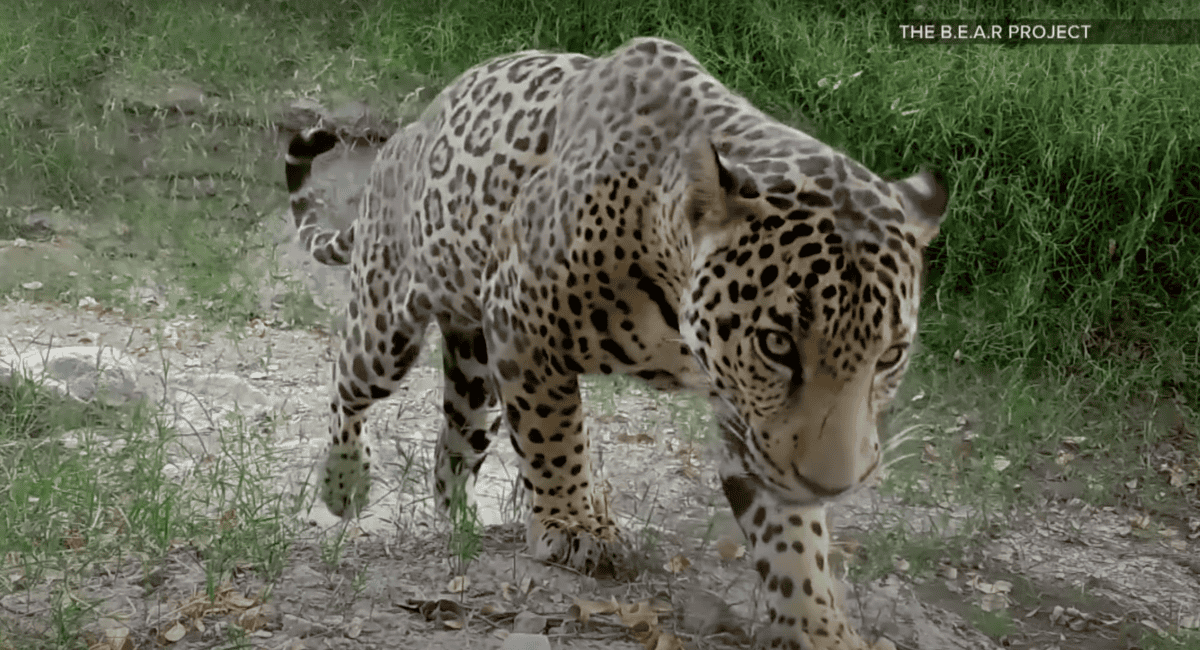
The survival of jaguars in the U.S. heavily depends on collaboration with Mexico, where larger jaguar populations reside. Bi-national conservation efforts focus on securing habitats across borders and advocating for policies that support wildlife movement and protection.
Community Involvement and Awareness
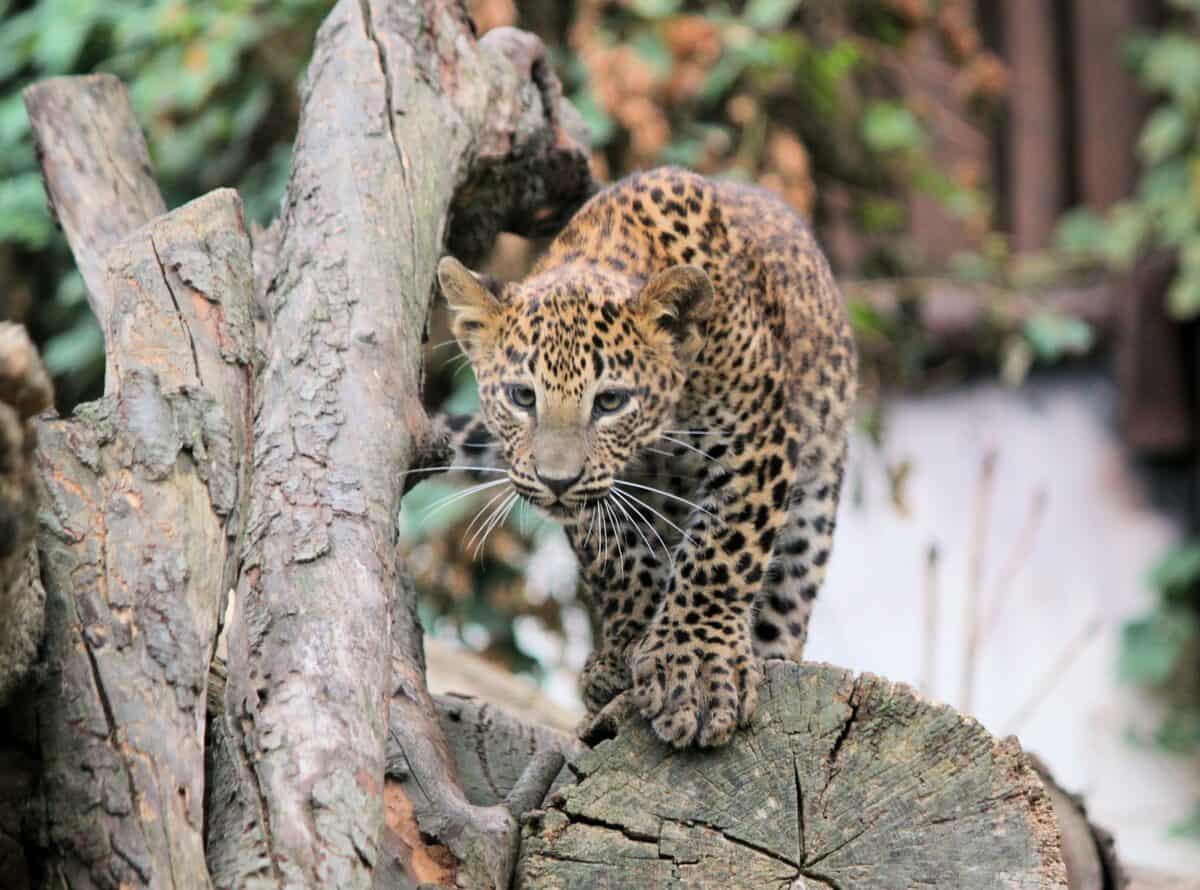
Raising public awareness and fostering community involvement are critical to jaguar conservation. Local communities, particularly those in border regions, are encouraged to participate in citizen science programs, education initiatives, and habitat restoration projects to support jaguar populations.
Challenges of Reintroduction Programs
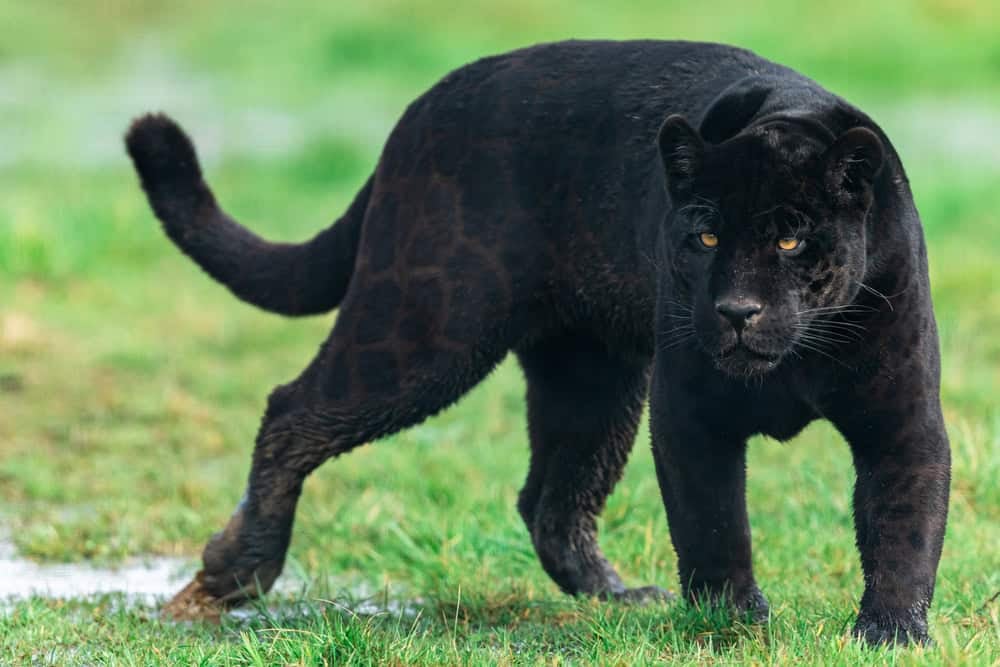
Reintroducing jaguars to their historical range in the U.S. presents numerous challenges, including ensuring adequate habitat, prey availability, and minimizing human-wildlife conflict. Successful reintroduction also requires comprehensive monitoring and management strategies to track and support the animals.
Technological Advancements in Conservation

Technology plays a vital role in jaguar conservation. Innovations such as camera traps, satellite telemetry, and geographic information systems (GIS) help researchers monitor jaguar movements, assess habitat quality, and plan effective conservation strategies.
The Importance of Genetic Diversity

Maintaining genetic diversity is crucial for the long-term viability of jaguar populations. Efforts to connect isolated groups are necessary to enhance genetic flow and reduce the risks of inbreeding, which can compromise overall health and resilience.
How You Can Help

Individuals can contribute to jaguar conservation by supporting wildlife organizations, advocating for habitat protection policies, and educating others about the importance of preserving these majestic creatures. Volunteering and participating in citizen science projects also offer valuable contributions to conservation efforts.
The Future of Jaguars in the U.S.

The battle to save the last wild jaguars in the United States is ongoing, with hopeful prospects on the horizon. Through international cooperation, community involvement, technological advancements, and dedicated conservation efforts, there remains a possibility for these iconic animals to thrive once more in their historical U.S. range.
In conclusion, the plight of jaguars in the United States is a testament to the broader challenges of wildlife conservation. By addressing threats such as habitat loss and fostering cross-border collaborations, we can create a future where jaguars are not just a memory of the past but an enduring part of America’s natural heritage.
- The Story Behind the Bison’s Comeback from Near Extinction - August 9, 2025
- How Penguins Take Turns at Sea and Nest to Raise Chicks - August 9, 2025
- Dolphin Brains Compare to Those of Apes and Humans - August 9, 2025

